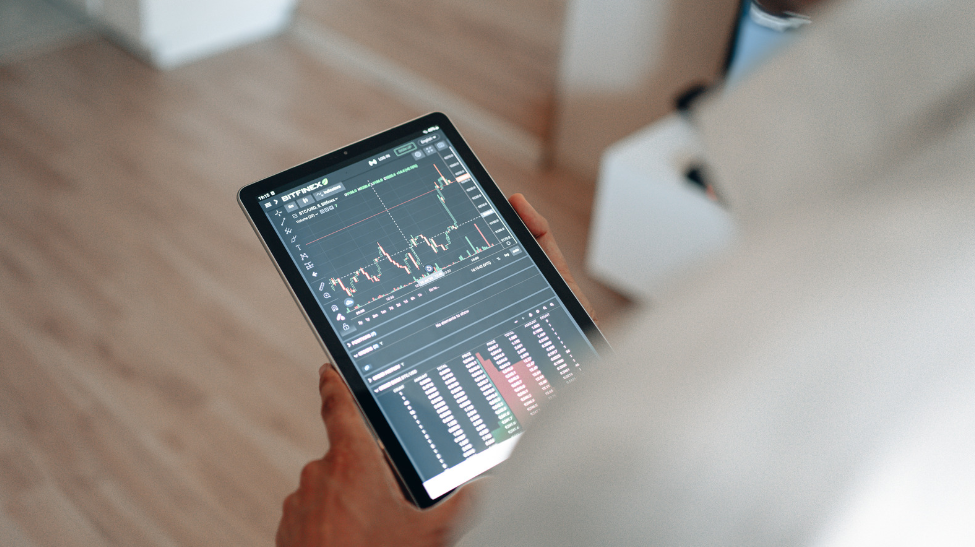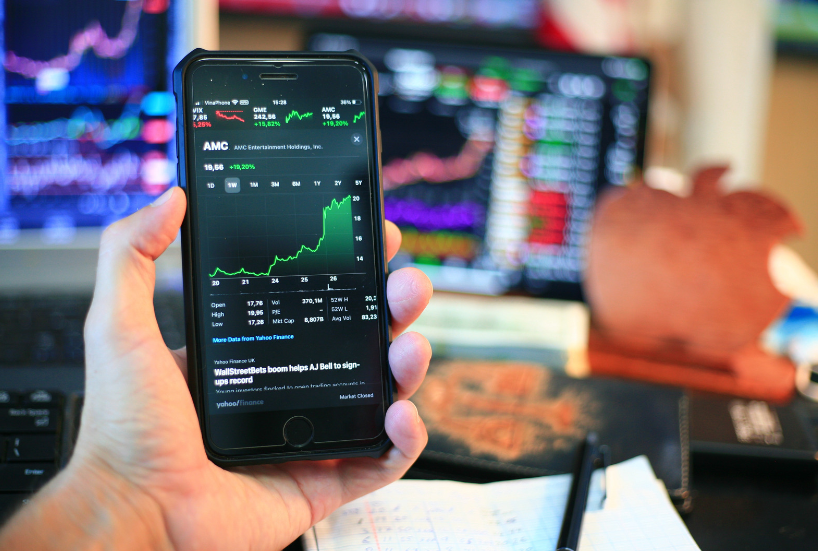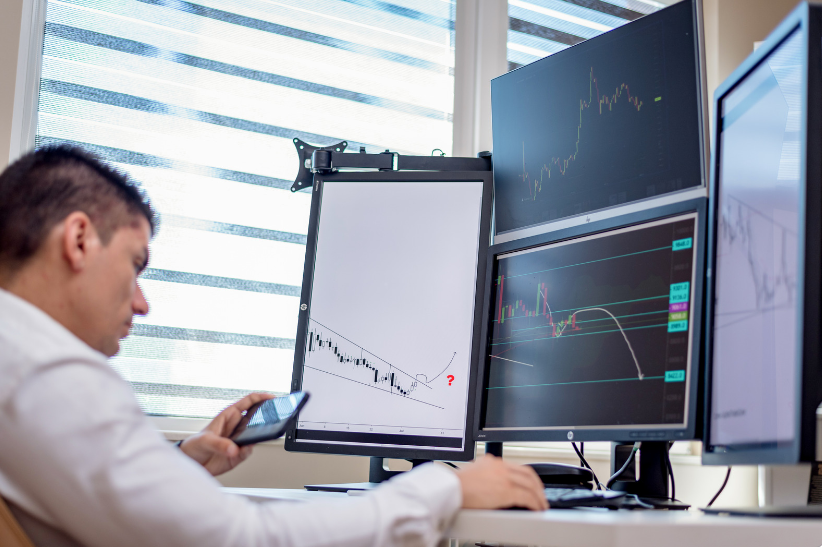
Forex trading with leverage: There’s a tool called leverage that some traders use in forex. It’s like putting on training wheels for your trades. It can help you make more money if the market moves your way, but it can also make you lose more if it goes against you. Do you know how to develop a forex trading plan? Check our article about that at this link.
This article will explain what forex leverage is, how it works, and why it’s important to be careful before using it.
Understanding Leverage
Leverage is kind of like a shortcut in forex trading. It lets you control a bigger chunk of the market with a smaller amount of your money. Imagine you have $1,000 to trade with. Normally, that would limit the size of your trades. But with leverage from your broker, it’s like getting a boost. They might offer leverage of 100:1, which means your $1,000 can act like $100,000.
Here’s the catch: you don’t get $100,000. You’re borrowing most of it from the broker. The amount you put in upfront is called the margin. It’s usually a small percentage of the total trade size. So, with 100:1 leverage and a 1% margin, your $1,000 would be the margin for a $100,000 trade.
Types of Leverage in Forex
There are two main types of leverage used in forex trading:
- Deposit Leverage: This is the most common type of leverage, as described above. It refers to the ratio between your deposit and the total value of your position.
- Intraday Leverage: This type of leverage allows traders to hold larger positions during the trading day, but these positions must be closed before the market closes. Intraday leverage can be even higher than deposit leverage, but it comes with the added risk of overnight financing costs.
Additional Leverage Considerations
Here are some additional points to consider when it comes to leverage in forex trading:
- Regulation: Leverage regulations vary by country. Some regulators have imposed limits on the amount of leverage retail traders can access to protect them from excessive risk.
- Volatility: Leverage can magnify the impact of market volatility. During volatile periods, small price movements can lead to significant losses if you’re using high leverage.
- Commissions and Spreads: Brokers may charge commissions or wider spreads on leveraged trades. Make sure you factor in these costs when calculating your potential profits and losses.
The Potential Benefits of Leverage
The main perk of leverage is that it lets you grow your profits faster. Imagine you guess the right way a currency will move and put down $1,000 on a trade. With leverage, you might be able to control a much bigger trade, like $100,000. If your guess is right and the currency goes up just 1%, you’d make $1,000 (which is 1% of $100,000). That’s a pretty good return for just a small investment of your own money!
The Risks of Leverage

Forex leverage can be a real booster shot for your trades, but there’s a catch. Just like a see-saw, leverage can magnify your profits way up, but it can also make your losses much bigger.
Imagine you put $1,000 down for a trade (like a down payment on a house). With leverage, your broker might let you control a much bigger trade, like $100,000. That means even a small move in the market can make a big difference. If the market goes your way, you could rake in a bunch of cash. But if it moves against you, that same small move could wipe out your entire $1,000 deposit.
Margin Calls and Stop-Loss Orders
- Margin call: Imagine you borrow money from your broker to place a bigger trade. If the market moves against you and your account value dips too low, the broker might give you a margin call. This means you need to add more money to your account or they’ll automatically sell your trade, which could mean taking a loss.
- Stop-loss order: This is a handy tool to help you limit losses. You set a price in advance, and if the market goes against you and hits that price, your trade automatically closes. This way, you don’t risk losing more than you’re comfortable with.
Is Forex Leverage Right for You?

Forex leverage can be a great way to boost your trades, but be careful! It can also make you lose more money faster. Think of it like training wheels on a bike. They help you get started, but eventually, you need to ride without them. If you’re new to forex trading, it’s best to hold off on leverage until you get some experience. Start by practicing with fake money in a demo account. Once you understand how forex works and how to manage risk, then you can consider using leverage to give your trades a little extra kick.
Before you start trading forex with leverage, consider the following:
- Your risk tolerance: Can you afford to lose your entire trading capital?
- Your trading experience: Do you have a solid understanding of forex trading and risk management?
- Your financial goals: Are you looking for short-term gains or long-term investments?
The Bottom Line
Forex leverage can be like a turbocharger for your trades, but it can also backfire. Think of it as training wheels – great for getting started, but you eventually need to learn to ride on your own. Before you jump in, consider how much risk you’re comfortable with, how much experience you have trading, and what you’re hoping to achieve. There are practice accounts you can try out to get the hang of things without risking real money. Used carefully, leverage can be a helpful tool, but if you go too fast, it could lead to big losses.